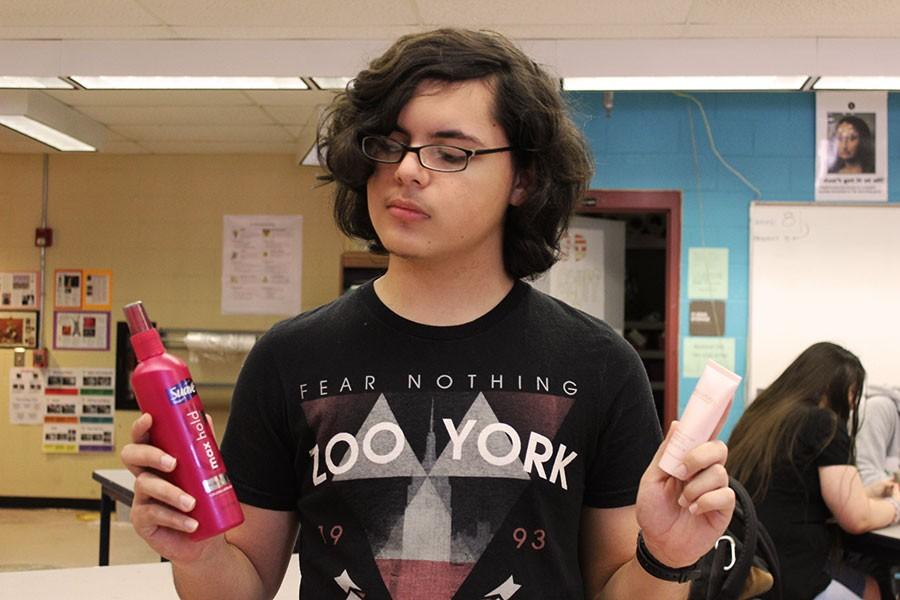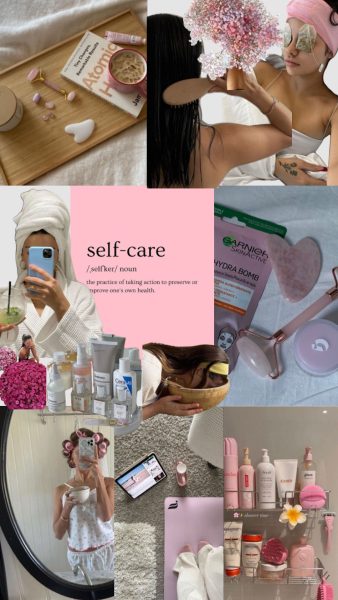PINK TAX CASHES IN ON GENDER NORMS
One example of marketing promoting gender norms is known as the “Pink Tax.”
March 1, 2016
On average, women pay more annually for products such as clothing, self care products, and toiletries. Some blame this significant difference in price on women buying a higher quantity of products or the marketing influence increasing the cost. However, this difference can be accounted for via the “pink tax”; the extra amount of money spent on “feminine” items.
According to the New York City Department of Consumer Affairs, 42% of women’s products cost more than men’s products, even when made they’re made with the same ingredients. This includes lotions, shaving gel, and deodorants costing up to 50 cents more per item, with color and targeted gender as the only difference.
As if the wage gap wasn’t enough, women are also expected to pay more for products. This price difference leads to women, or anyone purchasing these products, spending around $1,351 extra annually. For example, Walgreens sells a three pack of Gillette razors $12.49 for women and $11.49 for men. This is often referred to as gender pricing discrimination. As demonstrated in this Mic clip, when buying almost the exact same products for male and females in a supermarket, female products costed more. In total the female products are around $5 more, yet when tested on both male and female, neither could point out much of a difference.
Sophomore Dani Bucaro says, “I actually use guy razors because they are cheaper and better, even though my mom thought it was strange.”
The “pink tax” can even relate back to health care. Recently, President Obama’s Affordable Care Act banned insurance companies from charging women more solely based on gender.
For decades, advertising has preyed on the insecurities of women, whether it is on eurocentric ideals of beauty or an unrealistic image for women: be it the complexion of one’s skin, hair, body, etc.
Sophomore Halie Gonzalez says, “I know the market feeds off of women’s insecurities since they are usually the ones who have the pressure on them.”
This toxic propaganda is dangerous for younger individuals, especially high school students. Along with the premise of cliches in high school, teen girls are often subjected to feeling that they must meet a certain standard.
Marketers often rake in better profits through selling “female” versions of selected “male” products.The psychology behind it is that consumers will buy products that are marketed and packaged to be more relevant to them. This can be influenced by culture, media, or even conscious or unconscious persuasion.
English teacher Natalie Lauber says, “I think that companies try to sell to women by adding decorative embellishments in order to get women to buy those products, even though things like scents in your shaving cream are actually skin irritants.”
As for the pink tax, there is an alternative option of saving money by going into the “male” aisle and buying the same products that cost less, minus the “girly” colors. Although advertising companies strive to weasel a profit off of females, true beauty is found within the unique diversity of all.

































